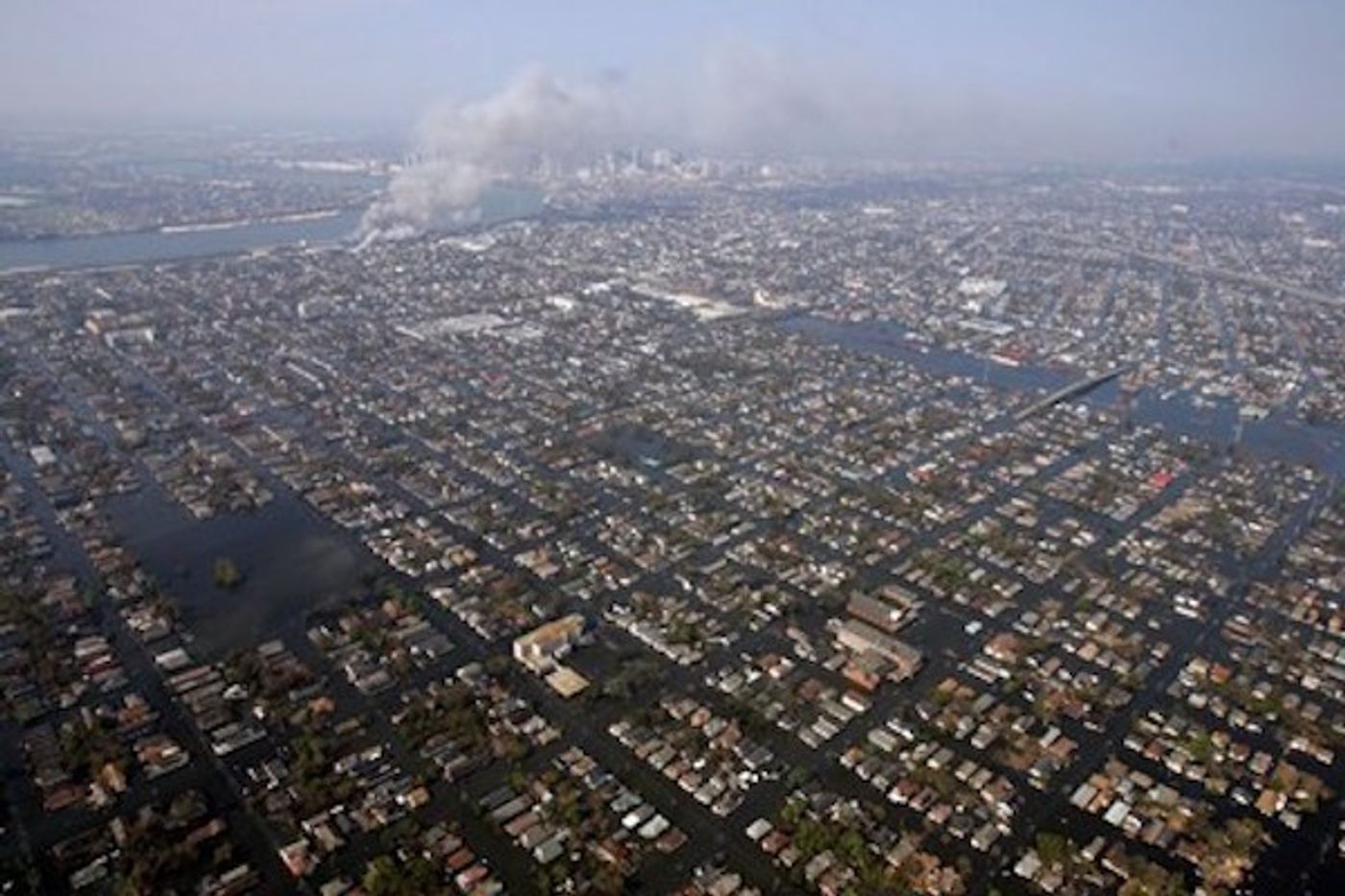Ever since Hurricane Katrina, people have been thinking that New Orleans is living on borrowed time. A new study on carbon emissions and sea level rise has found that New Orleans, Miami, and a number of costal cities are are potentially in extreme peril, and that New Orleans is already doomed, regardless of what we do to cut carbon emissions.

The study is a wake up call, but it’s not all bad news. It finds that numerous costal cities in the US could be saved from New Orleans’ fate, if we make extreme cuts in carbon emissions, and if we do it soon. Ben Strauss, president for sea level and climate impacts at Climate Central and lead author of the new study, points out that scientists have already established that doing nothing to reduce our carbon emissions through the year 2100 will result in a planet-wide rise in sea level of 14-32 feet (4.3-9.9 meters). The only uncertainty in this equation is exactly how long all of the Earth’s ice will take to melt. "Some of this could happen as early as next century," Strauss says. "But it might also take many centuries. … Just think of a pile of ice in a warm room. You know it is going to melt, but it is harder to say how quickly."
In an attempt to bring the issue of sea level rise from the abstract to the concrete for people in the US, the study concentrated on the American cities that are most at-risk, where, incidentally, more than 20 million people live.
The study ran a business as usual scenario in which nothing substantial is done to curb carbon emissions, taking into account the melting West Antarctic ice sheet. It ran another scenario in which the world makes a big turnaround, with carbon emissions peaking by 2020. This second scenario is not in line with current plans by world leaders to curb carbon emissions, in which they would peak by 2050.
Climatecentral.org has posted an online tool at
choices.climatecentral.org which allows users to see the effects of sea level rise based on both scenarios in the study on any location in the US. Within a month, a global version should be rolled out.
The tool uses both probability and cold hard facts. According to the study, it shows which US cities may face: "lock-in dates beyond which the cumulative effects of carbon emissions likely commit them to long-term sea-level rise that could submerge land under more than half of the city's population. … Norfolk, Virginia, for example, faces a lock-in date of 2045 under a scenario of unabated carbon emissions.” The tool shows how the effects of sea level rise could be mitigated in some cities, but it also shows that for cities like Miami and New Orleans, the limits of the possibility for mitigation have already been exceeded.
"In our analysis,” says Strauss, “a lot of cities have futures that depend on our carbon choices but some appear to be already lost.” In fact, 40 percent or more of the US population living in areas that are at risk. Florida has the most cities that are in danger of becoming unlivable.
After Florida, the next three most imperiled states are California, Louisiana and New York. In fact, in a worst-case scenario, New York City could be un-livable due to flooding by the year 2085. But, the study shows, strong action could make a major difference. If, by 2050, the world could reduce its carbon emissions to the levels we were producing in 1950, at least 14 major cities with more than 100,000 residents could avoid an unlivable future. "We were really trying to show,” says Strauss, “what the consequences of our carbon choices are going to be.
Source:
Phys.org









